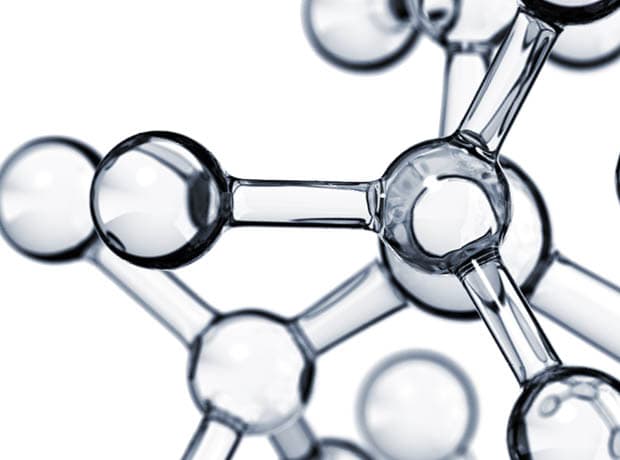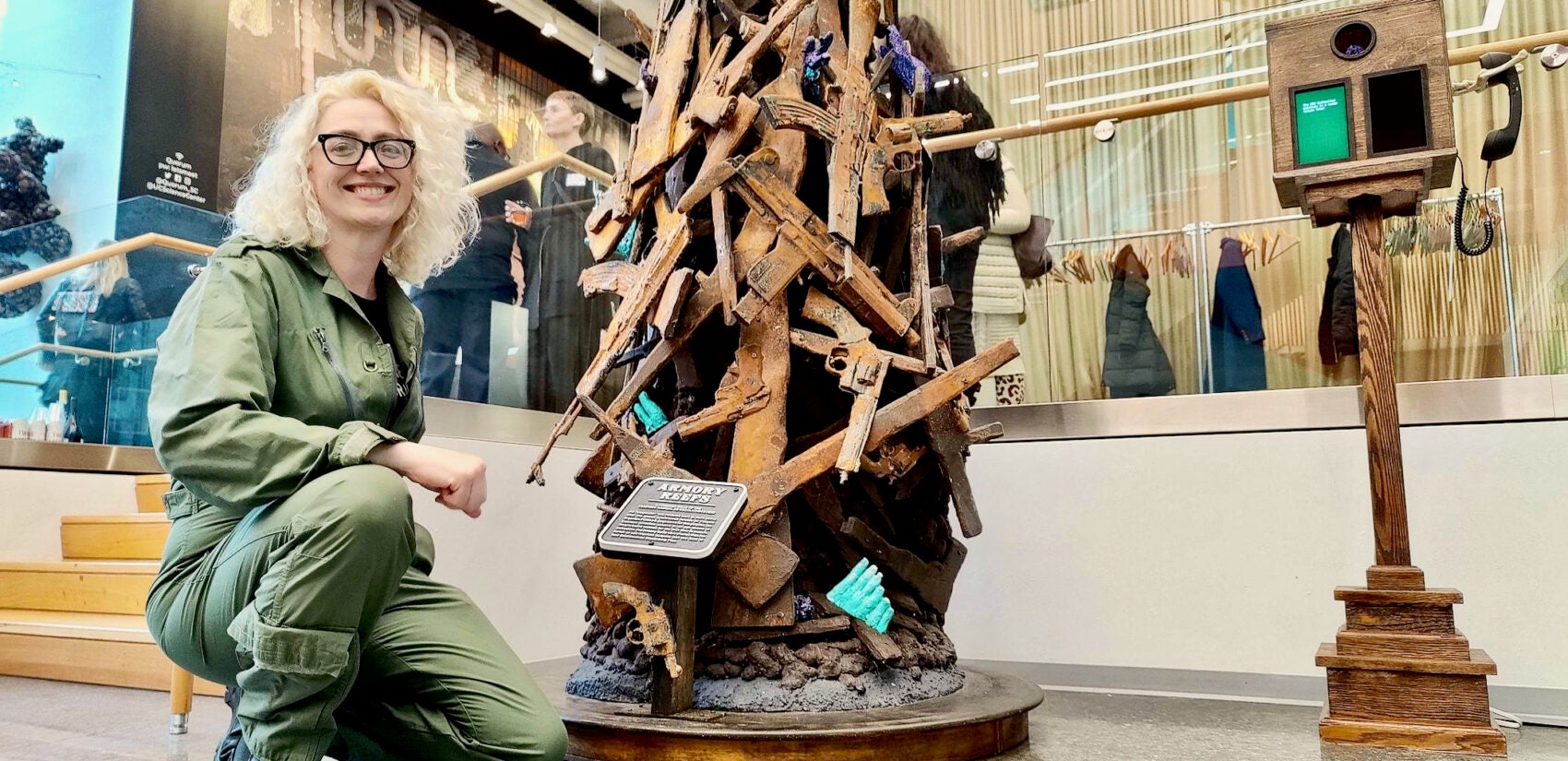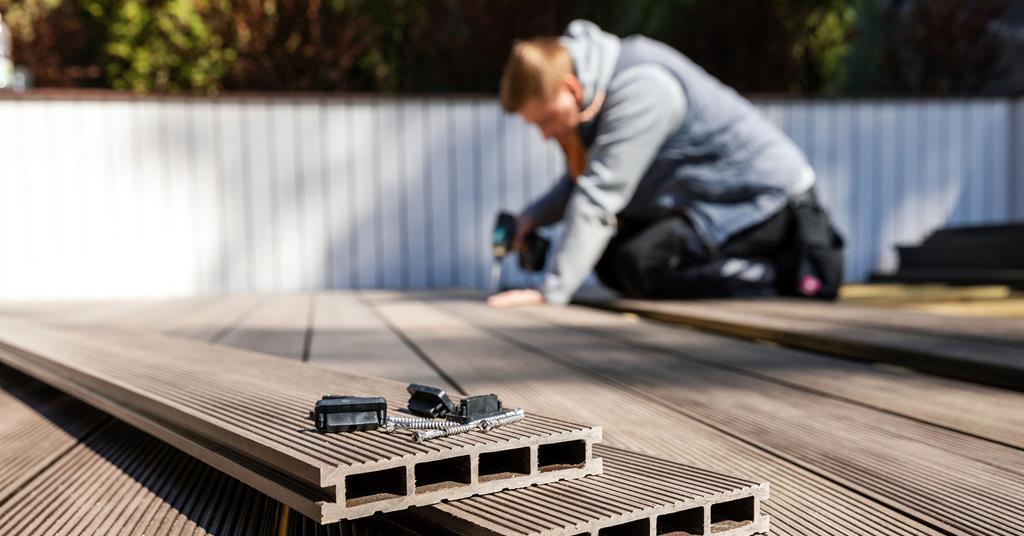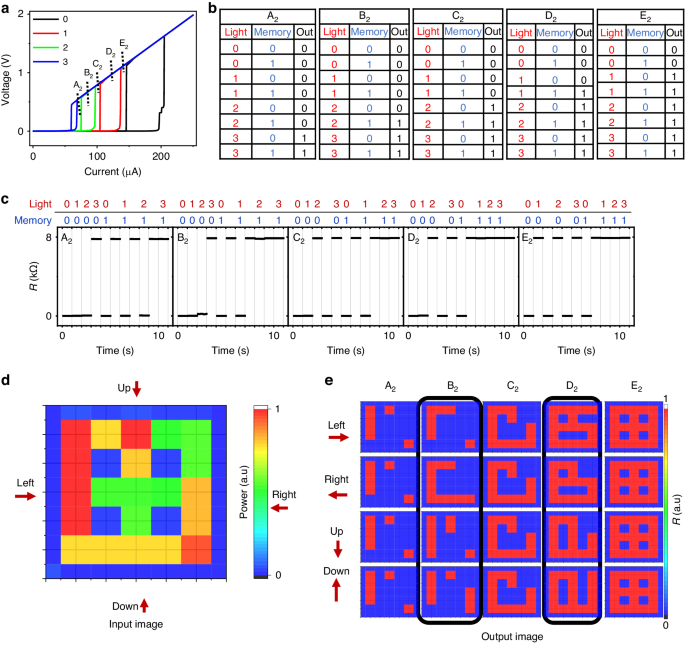Researchers at the US Department of Energy’s Pacific Northwest National Laboratory have created a carbon-negative decking material that locks away more carbon dioxide than is released during its manufacture. The composite contains low-quality brown coal and lignin, a wood-derived product used in papermaking, fillers instead of the standard wood chips and sawdust. This composite contains 80% of the modified filler and 20% HDPE.
#SCIENCE #English #NZ
Read more at Education in Chemistry
SCIENCE
News in English

Seth Echeverri studied arachnids as part of his research on sensory ecology. In this interview, he shares his passion for spiders as a science communicator. I spent most of my life trying to get past my ADHD by procrastinating and feeling terrible the entire time.
#SCIENCE #English #NZ
Read more at Science News Explores
#SCIENCE #English #NZ
Read more at Science News Explores

Method published in Nature Chemistry could help prevent side effects caused by drugs that can exist as enantiomers, such as thalidomide, which was prescribed to pregnant women in the 1950s. In every other respect, they are chemically identical. The opposite mirror-image form of S.thalide interfered with foetal development causing many babies to be born with severe birth defects.
#SCIENCE #English #NZ
Read more at PharmaTimes
#SCIENCE #English #NZ
Read more at PharmaTimes

Michel Everaert joins Tradition after 13 years at CME. Prior to that, he was CIO of two companies, IMEX Group and GFI Group.
#SCIENCE #English #NA
Read more at FinanceFeeds
#SCIENCE #English #NA
Read more at FinanceFeeds

The University City Science Center asked 10 artists to consider such a future. Visions of science fiction fantasy, communal healing, urban rebirth and spiritual emancipation are on display. The entrance to the building is adorned with a large-scale photograph of two Black males against a night sky.
#SCIENCE #English #NA
Read more at WHYY
#SCIENCE #English #NA
Read more at WHYY

Researchers at the US Department of Energy’s Pacific Northwest National Laboratory have created a carbon-negative decking material that locks away more carbon dioxide than is released during its manufacture. The composite contains low-quality brown coal and lignin, a wood-derived product used in papermaking, fillers instead of the standard wood chips and sawdust. This composite contains 80% of the modified filler and 20% HDPE.
#SCIENCE #English #MY
Read more at Education in Chemistry
#SCIENCE #English #MY
Read more at Education in Chemistry

astronomers have discovered something ‘really surprising’ from billions of years ago which could completely change the understanding of our universe. It came as a result of studying findings from the Near-InfraRed Camera (NIRCam) on NASA's James Webb Space Telescope. The hugely advanced technology allows experts to study the earliest galaxies in the universe, giving an indication of conditions from long, long ago.
#SCIENCE #English #KE
Read more at indy100
#SCIENCE #English #KE
Read more at indy100

The Materials Research Society (MRS) meetings are the largest gatherings for materials science research. This spring, the conference was held from 22 - 26 April in Seattle, Washington. The new LGBTQIA+ symposium highlighted the need to raise awareness and provide visibility for LGBTQ+ members of the materials science and engineering community. It follows similar successful broader impact sessions at the MRS and other learned society meetings.
#SCIENCE #English #KE
Read more at Imperial College London
#SCIENCE #English #KE
Read more at Imperial College London

a study found that more than 40 percent of female scientists in the United States leave full-time work in science after their first child. In 2016, men held about 70 percent of all research positions in science worldwide. Bringing your kids to work with you doesn’t have to be something you do only once a year.
#SCIENCE #English #KE
Read more at The New York Times
#SCIENCE #English #KE
Read more at The New York Times

In this case, the device operates at a bias current of 125 (,rmmu mmA) and is switched to HRS. The device can be operated at different bias currents corresponding to distinct keys, as shown in Fig. 4b, c. This means that the device’s hysteretic behavior is a significant factor in the memlogic operation of the device.
#SCIENCE #English #IE
Read more at Nature.com
#SCIENCE #English #IE
Read more at Nature.com